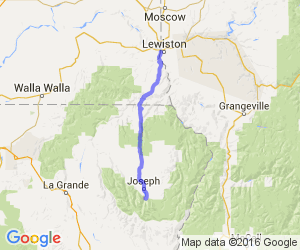

Use TriMet’s Trip Planner to plan your trip and find current schedule and service information. All TriMet vehicles are ADA and stroller accessible. The Lower Macleay, Leif Erikson/Thurman, Aspen, and Lower Holman Trailheads are a short walk from TriMet Line 15 stops. TriMet Line 16 serves the Linnton Trailhead, Lower Firelane 1, and Lower Newton/BPA Trailheads. Lower Holman Trailhead (No parking on NW Holman Ln.

Neighborhood street parking may be available but is not reserved for park visitors. Please be respectful of neighbors and do not block driveway access. Upper Macleay and Macleay Park Trailheads.Lodgepole pine also thrives here, along with Douglas-fir, western larch, and western white pine.Parking conditions vary widely and have been categorized below by capacity. Many parking areas are shared with neighbors, so please be respectful and follow posted signage. Please also note that not all trails are served by parking facilities. Parking is free. Carpooling and ride-hailing are encouraged, as most trailheads are rustic and have limited capacity.ĪDA-accessible parking spaces are located at the Lower Macleay and Wildwood/Pittock Mansion Trailheads.

Ponderosa pine’s drought-resistant characteristics help it survive these harsh conditions, making it the dominant tree species. And from October through May, freezing temperatures are common.ĭue to the extremes of climate and lack of moisture, plant life here is sparse – although extremely hardy. Annual rainfall ranges between 6 and 20 inches and the temperature range is extreme. Dry, and even arid, conditions distinguish this region from all others. It also includes the lower east side of the Cascade Mountains and the Blue Mountains in southeast Washington. The majority of this grassy region lies north of the Columbia and Spokane rivers in northeastern Washington, ranging through the Okanogan Highlands and Ferry, Stevens, and Pend Oreille counties. As elevation rises, you’ll see concentrations of ponderosa pine stands, often in combination with Douglas-fir, up to 3,200 feet. You can tell you’re entering the Eastside forest region when you start to see ponderosa pine (sometimes called yellow pine) trees standing alone at elevations of about 1,800 feet. In the mid-elevations of the eastern Cascades, lodgepole pine, ponderosa pine, grand fir, and western larch join Douglas-fir as the most common species. At its lower western elevations, Douglas-fir, western hemlock, western red cedar, and Pacific silver fir thrive. Like the lowland forest region it borders, the mountain forest region is home to a wide variety of trees. In the summer, warm temperatures are moderated by dense forest shade, cold mountain streams, and temperatures that drop at nighttime. Winter temperatures are often below freezing, with a snowpack that can be up to ten feet and last six to eight months. At its uppermost elevations (between 4,000 and 5,000 feet) trees thin out considerably because they have to fight to survive colder temperatures, a short, cool growing season, and thin soil. In the lower elevations of the region, thick stands of evergreens cover the mountain flanks with close-growing trees. Because of its wide variety of climates and elevations, this region offers dramatically diverse habitat and growing conditions. The majority of this area flanks the Olympic Mountains and the Cascade Mountains. The Mountain Forest Region starts at 2,500 feet elevation and rises to 7,000 feet.


 0 kommentar(er)
0 kommentar(er)
